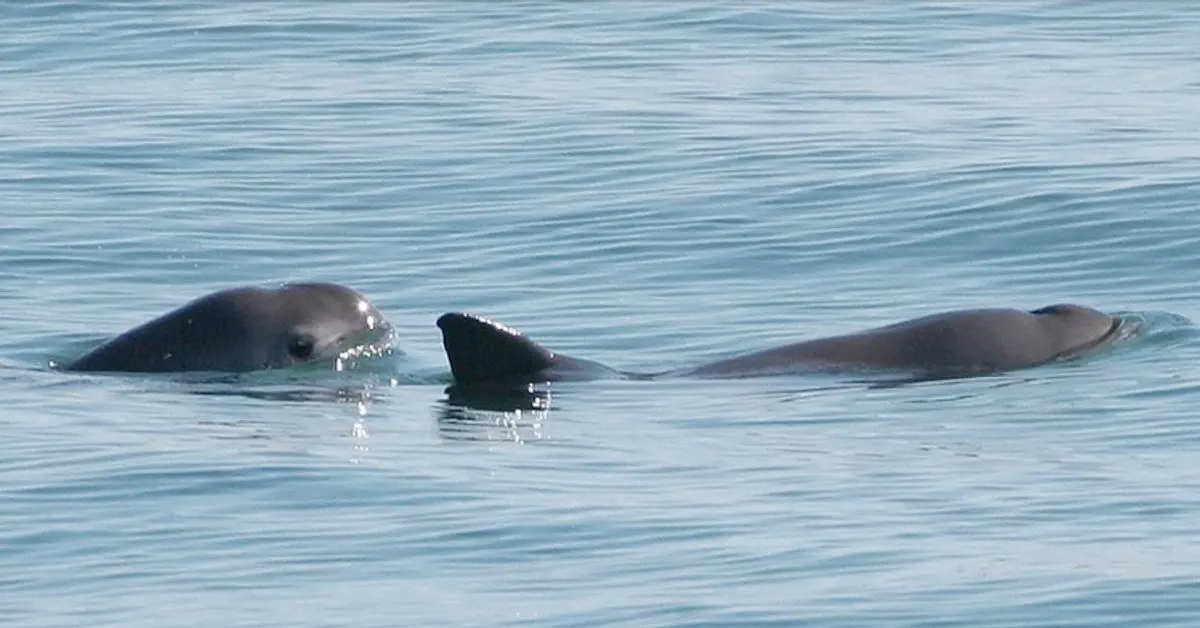After 27 days of conservation monitoring, the “Vaquita Observation Cruise 2025” recorded sightings of between seven and ten vaquitas, the world’s most endangered marine mammal, in the Upper Gulf of California, according to Mexico’s Ministry of Environment and Natural Resources (Semarnat).
Researchers also filmed a 1.5-meter female, possibly pregnant, named Frida, swimming alongside her young calf. “The calf, around eight months old, is in excellent condition, and the mother may be pregnant and ready to give birth again next year,” said marine biologist Barbara Taylor, who led the expedition.
During a press conference, Marina Robles, Deputy Secretary of Biodiversity and Environmental Restoration at Semarnat, emphasized that the vaquita “is still there and holding on,” showing no further population decline. She noted that some individuals not seen in years were rediscovered, suggesting they inhabit areas not yet monitored and continue to reproduce.
Mexico recently reiterated before the Convention on International Trade in Endangered Species (CITES) that conserving the vaquita requires coordination with the governments of the United States and China, given that the illegal trade of totoaba — whose swim bladders sell for thousands of dollars — drives the use of gillnets in which vaquitas drown.
“The consumption of totoaba bladders does not occur in Mexico; the trafficking routes include other countries such as the United States, China, and Canada,” Robles stated.
Lorenzo Rojas, from the National Commission of Protected Natural Areas (CONANP), highlighted the sighting of a one-year-old juvenile as “evidence that a calf survived its first year — the most dangerous stage of its life.”
The expedition, conducted between September 3 and 30, brought together a crew of experts and scientists to identify the species’ potential habitats. Authorities said the recent sighting suggests that ongoing protection measures are showing results.
Although the announcement rekindles hope — with the 2024 estimate being six to eight individuals — the current numbers remain below past observations: seven to fifteen vaquitas were sighted in 2019, and between five and thirteen in 2021.
Rojas estimated that, in the most optimistic scenario, it could take 18 to 20 years to reach a population of 60 vaquitas — the level recorded in 2015.



